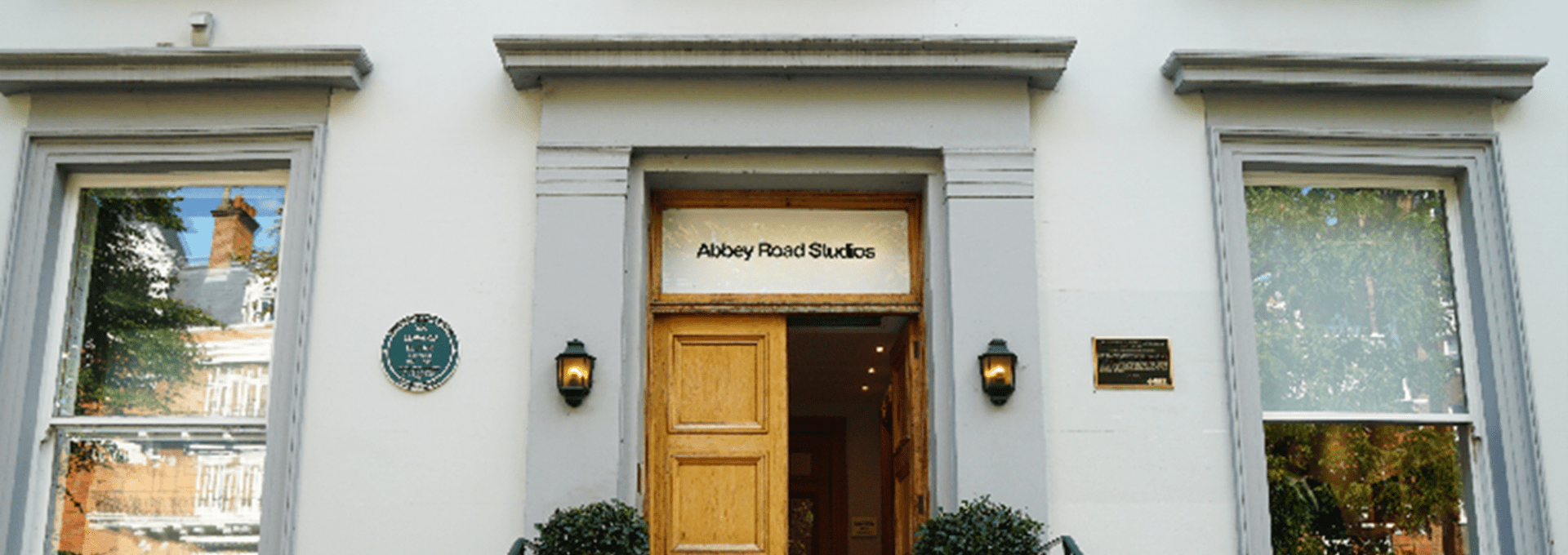In 2019 we celebrate the 50th anniversary of The Beatles’ Abbey Road album, it was their last to be recorded and was the album that gave the iconic London-based recording studio that they loved so much its name.
Abbey Road Studios is the most famous recording studio in the world and a global music icon. It is synonymous with the Beatles as the band’s stomping ground during the 60s and the place where they recorded most of their songs.
We took our own trip to Abbey Road in August last year to learn more about the studio’s history and to attend a lecture entitled ‘Abbey Road: The Studios That Became A Legend’, given by Brian Kehew and Kevin Ryan.
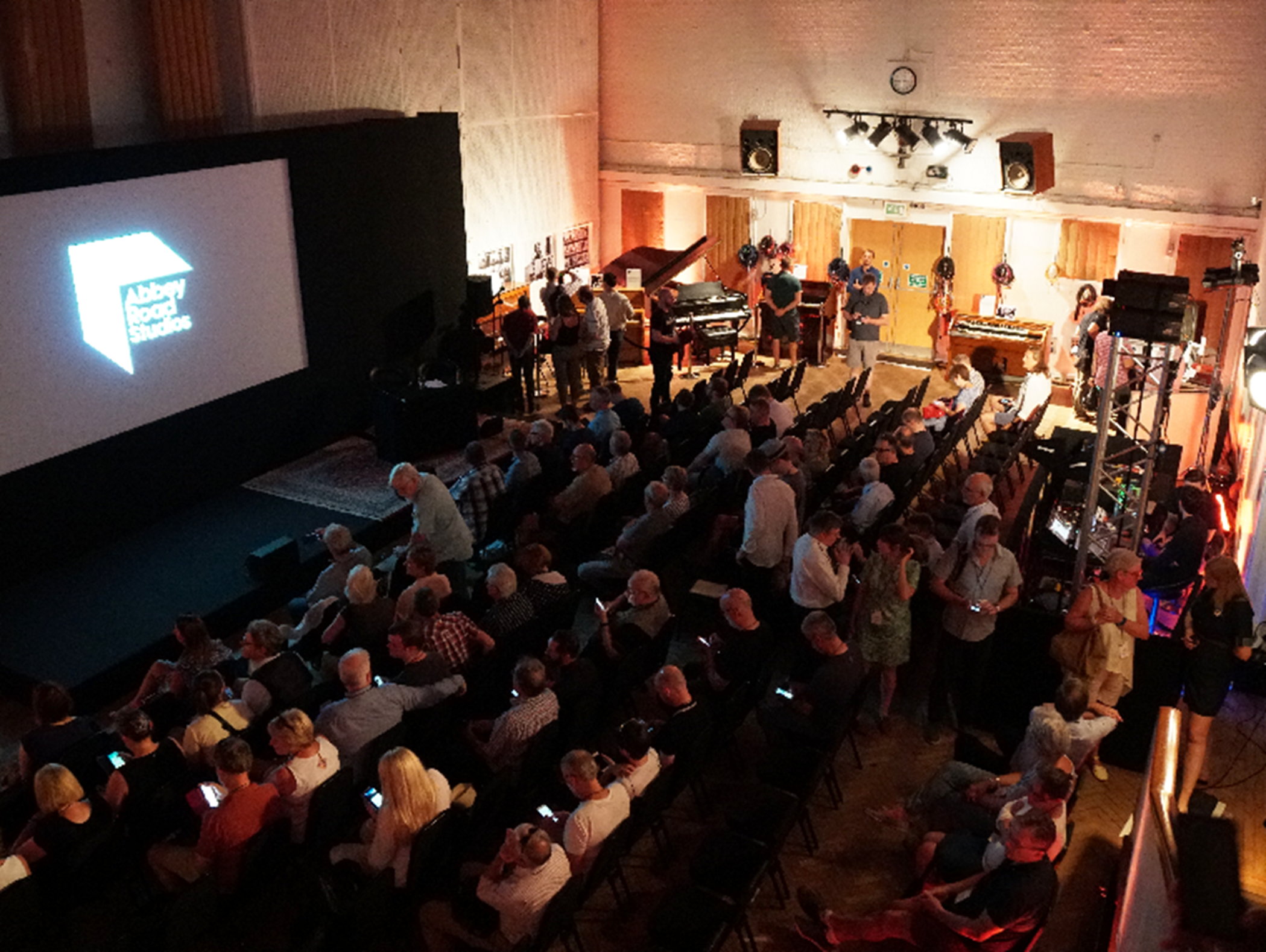
The fascinating talk included the rare opportunity to step inside of Studio Two and its control room as well as the chance to get close-up to some of the studio’s historic pianos and vintage recording equipment that have marked major developments in music history.
Brian and Kevin are both music producers and authors of Recording the Beatles, the definitive book charting the eight-year recording period that defined the studios. But as the duo explained during their talk, the studio’s phenomenal 86-year history goes back much further than The Beatles…
It was in 1929 when the Gramophone Company, a predecessor of British music company EMI, first acquired the nine-bedroom Georgian townhouse found at 3 Abbey Road, St John’s Wood in London. They were interested in the property because it came with large grounds which permitted a much larger building to be constructed at the rear, for the studios.
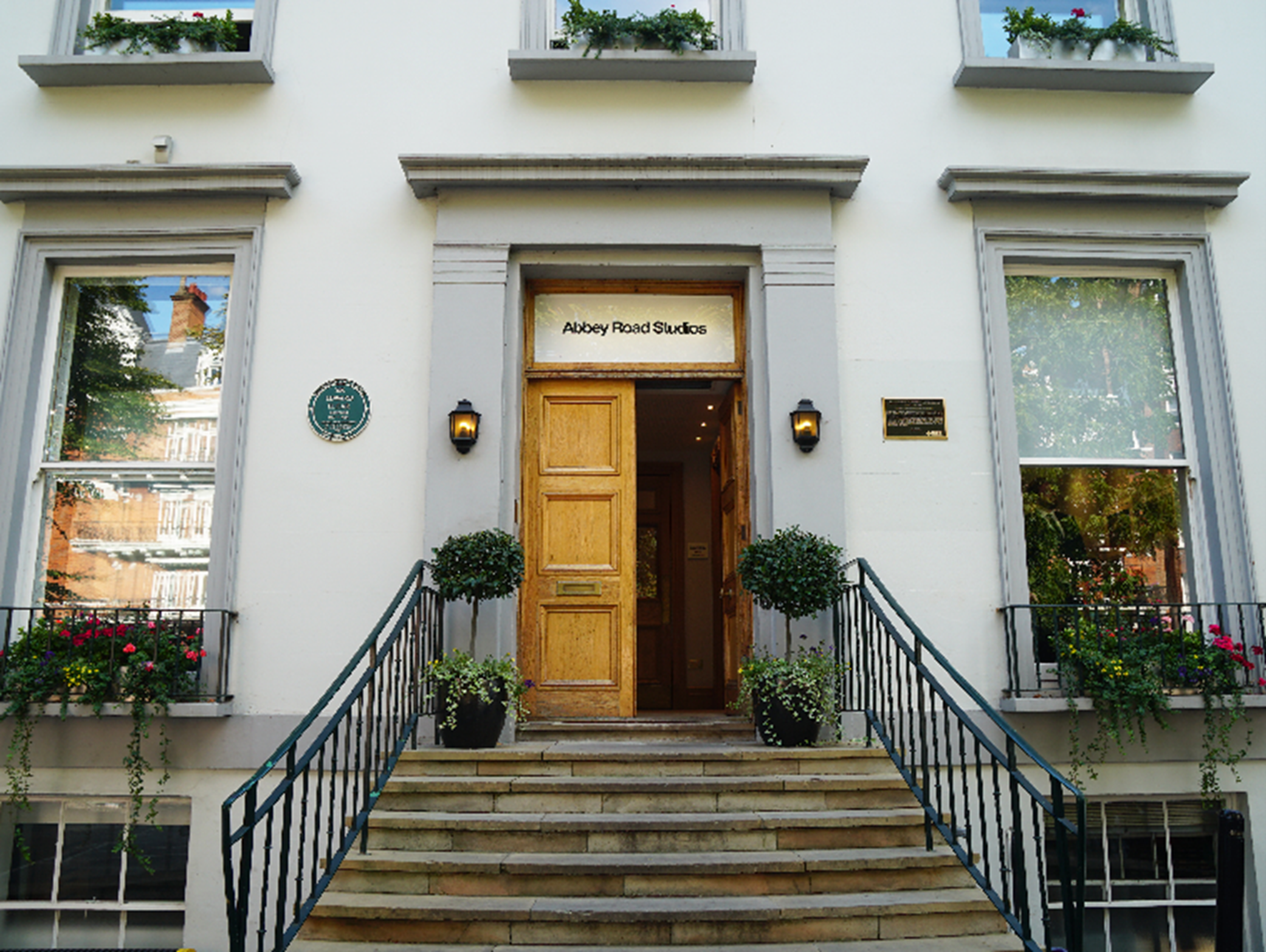
It was opened several years later, in November 1931, by Sir Edward Elgar, who would conduct the London Symphony Orchestra in recording sessions of his music. In the same year, the Gramophone Company merged with Columbia Graphophone Company to form Electric and Musical Industries (EMI), and the studios became known as EMI Recording Studios.
The awe-inspiring venue has since been at the forefront of music creativity, hosting many landmark recordings with the likes of The Beatles, Pink Floyd, Kate Bush, Oasis, Radiohead, Adele, Ed Sheeran and numerous others. It has been home to many technological breakthroughs, including the invention of stereo and is the place where soundtracks were recorded for some of the biggest movies ever made, including Star Wars, The Lord of The Rings, Harry Potter and Skyfall.
Abbey Road is the oldest, purpose-built recording studio in the world, but is best known to most people for being the creative base for The Beatles. In the late 1950s, Studio Two became the centre for British rock and roll music. It is where the Fab Four recorded almost all of their music between 1962 and 1970. In fact, the band loved the studio so much they decided to name their 1969 album after the street where it is located.
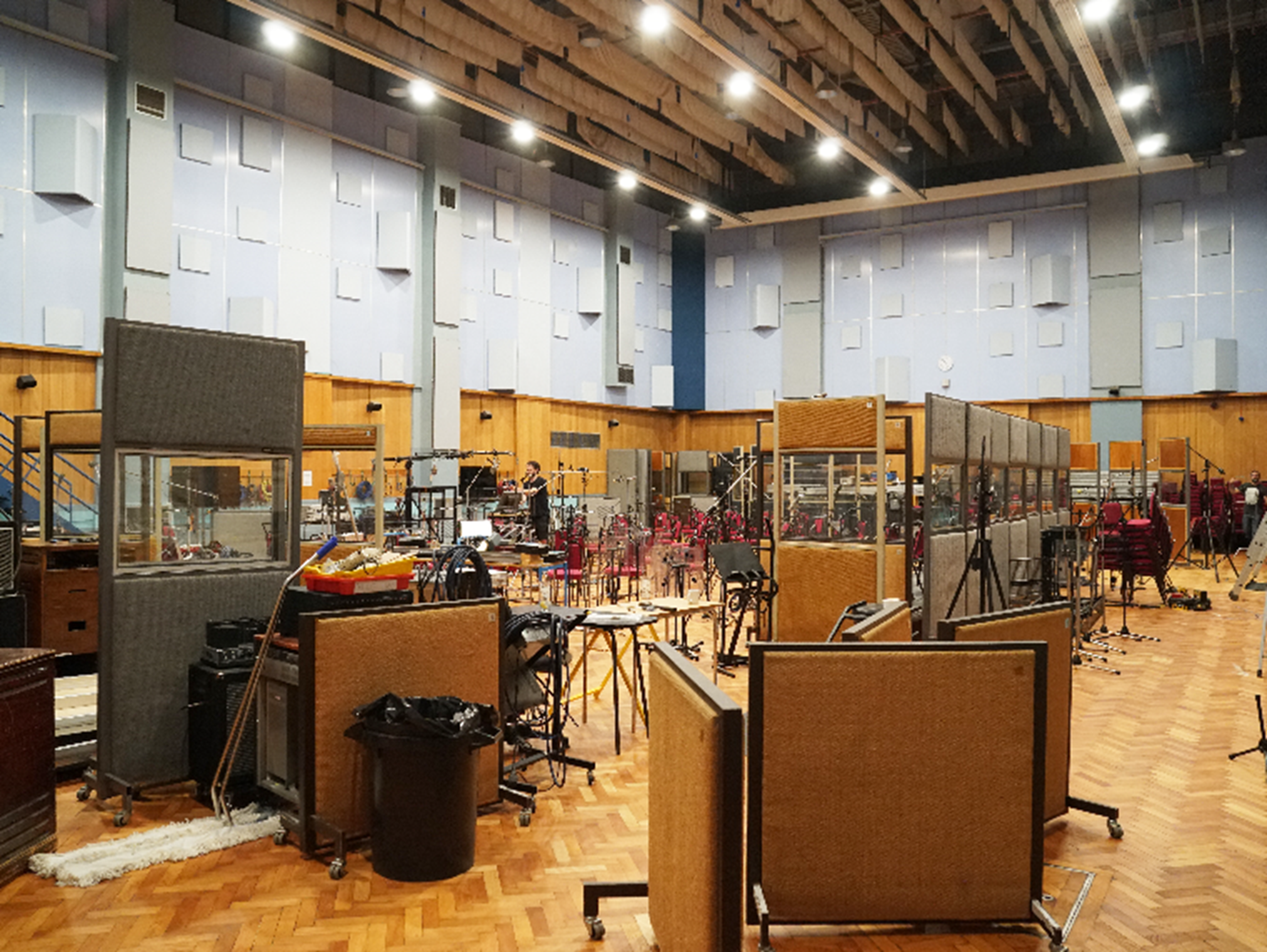
Originally set to be called Everest, The Beatles’ final studio album features hit songs such as ‘Come Together’, ‘Something’ and ‘Here Comes The Sun’; side two contains a medley of song fragments edited together by producer George Martin to form a single piece of music.
The second side of Abbey Road is incredible! The White Album, ninety-nine percent of it is very good. If I had Desert Island Discs, I’d take the White one or Abbey Road, I think. I like the boys playing together, you know. I like a group.
– Ringo Starr
Sadly, recording sessions for the Abbey Road album were the last in which all four members of the Beatles participated. Let It Be was of course the final album to be released by the band before their dissolution in April 1970 but most of it had been recorded before the Abbey Road sessions began.
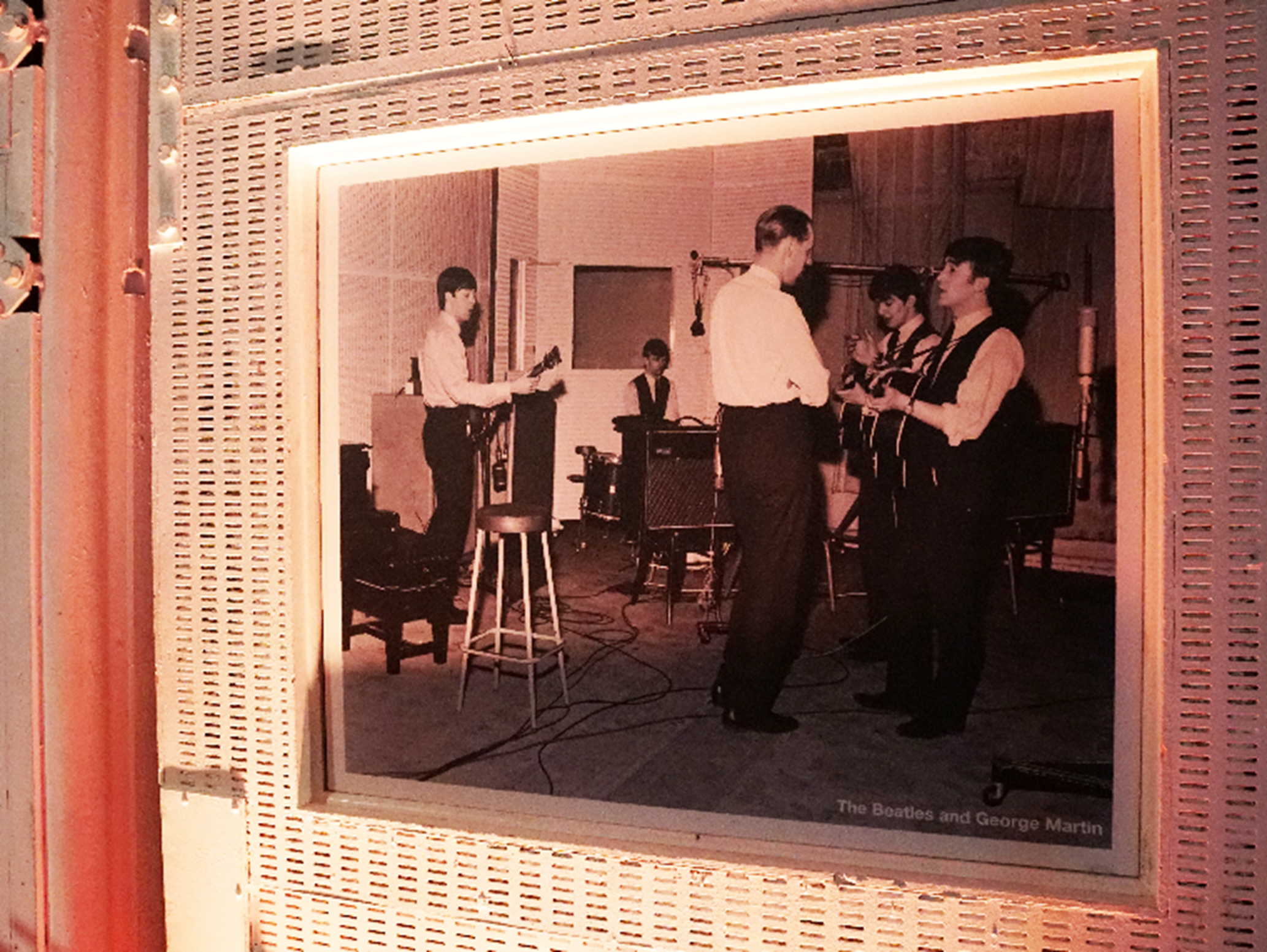
When released, Abbey Road was an immediate commercial success and reached No. 1 in both the UK and US charts. It received mixed reviews from critics at the time but is today regarded as one of the Beatles’ best and one of the greatest albums of all time. George Harrison’s contributions in particular are considered to be among the best songs he ever wrote for the group.
The album cover itself, which features the four band members walking across a zebra crossing outside of Abbey Road Studios, has become one of the most famous and imitated images in the history of popular music. Iain Macmillan took the photographs for the cover artwork on 8 August 1969, based upon sketches created shortly beforehand by Paul McCartney.
Abbey Road is the only studio I’ve ever known in the world where you have one grand piano, one super grand piano, one medium grand…everything…just there in the studio for normal use.
– Paul McCartney
The Beatles crossed the road several times during the shoot, but the final chosen image was the only one to feature all four Beatles walking in time with one another and satisfied the band’s desire for the world to see them walking away from the studios that they had spent so much of the last seven years inside.
The zebra crossing is now a place of pilgrimage for Beatles fans from around the world who wish to recreate the famous pose from the album cover. Fans also pay homage by writing on the wall in front of the studio building, so frequently in fact that it is painted over every three months by staff.
In 1985, the studio was renamed Abbey Road Studios, after the Beatles album that had made it famous. In December 2010, Abbey Road and its zebra crossing were declared an English Heritage Grade II listed site, but the studio’s focus remains fixed on the future and helping to spread the expertise and knowledge present within the building to a new generation of musicians, engineers and producers from around the world.
From the first time I heard The Beatles’ ‘I Want To Hold Your Hand’, I dreamt of Abbey Road. Forget about practice getting you to Carnegie Hall, I wanted to get to Abbey Road!
– Nile Rogers, Chief Creative Advisor at Abbey Road Studios
When the lecture ended we had one final look around the studio before making the short journey back to Liverpool. The studios, which are usually closed the public, left us feeling incredibly inspired as we walked back out of the building’s Georgian façade and across the zebra crossing away from the building, just as the Beatles did nearly 50 years ago.
2019 will see us celebrate not only the songs that The Beatles created in the studio 50 years ago but will also honour the studio that made it all possible. We’re looking forward to working with Abbey Road Studios and our Liverpool-based friends to continue to tell the story of the Beatles and their recordings that changed the world.
#AbbeyRoad50
